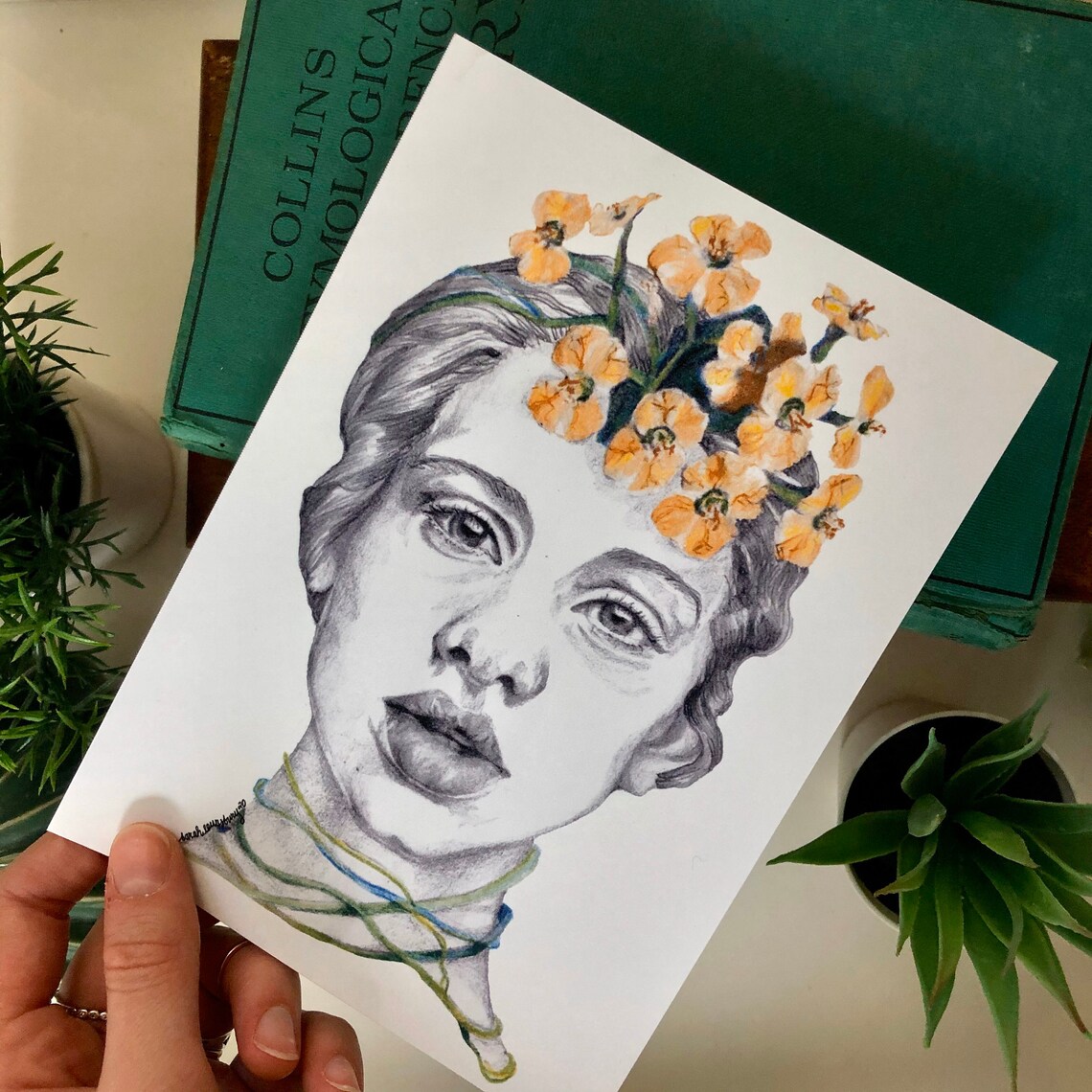The Tree that Speaks a Thousands Flowers
Written by Sarah and Bethel
Beautifully fragrant. Vibrant in colour. Intricate in design. With the power to heal.
We know it as a cannonball tree; it's scientific name is Couroupita guianaesis.
Merci, monsieur J.K. Aublet, from Sarah and Bethel. For he was the one who made the discovery of this significant tree in 1775. Because of him, we are now able to learn about the tree today and reap its benefits.
Think of the cannonball tree as a grand fortress protected by spherical, woody fruits. When the fruit matures, it falls to the ground and makes an explosive noise as it cracks open, unexpectedly letting out a foul odour beyond anything imaginable. The smell does entice animals, however, who willingly eat the pulp that comes out. Later, they propagate the seeds so that another tree can grow elsewhere. Without this fruit, the tree wouldn't have its name. Why? The fruit holds the shape and size of a cannonball. And some say, as the fruits hit one another on a windy day, it simulates the sound of a cannonade.
Just as its name speaks a thousand words, the tree blooms around a thousand flowers, every single day! The flowers grow straight from the trunk itself in clusters, which can be up to twelve inches in length, roughly the size of your forearm. The individual flowers resemble a small painting by their assorted colours--ranging from soft yellows and occasional reds on the outside, to crimson or lilac shades on the inside. In contrast to the fruit, the flowers emanate the sweetest aroma, which many even use for perfumes. This pleasant scent allows humans and bees to appreciate them, even with the absence of nectar.

Encased within the flower is a ring around the style, which contains the fertile stamens. From this ring, there is a curved extension that loops around. Growing from that prolongation are the staminodes and antherodes, which are yellow. The colour, along with the fragrance of the antherodes, attracts bees so they can gather the sterile pollen to feed their larvae. While they do so, their backs rub against the fertile stamens from the ring. Once the bees carry this pollen to another tree, this assists with cross-pollination.
As with anything worth our attention, seeing it less makes us appreciate it all the more. On that note, this tree is deciduous; a seasonal bloomer. It's native to Central and South America and is a member of the Brazil nut family. It grows particularly well in rainforests and humid areas. If given direct sunlight, it can reach up to around forty metres tall, adding to its beauty and pure magnificence.
Besides the visual artistry, fragrance and grandeur of the tree, it also has the capability to heal. Many parts of the tree play a role: the bark, young leaves, and the inners of the fruits. Accumulatively, it can cure colds, treat malaria and skin ailments, soothe toothaches and disinfect wounds.
All in all, without this tree, we'd be missing out on a feast for our eyes and animals would be missing out on a feast for their stomach. Bees would have one less resource to feed their larvae. Other plants and trees wouldn't benefit from the pollen. No one would have known what such a horrible odour from the fruit and what such a beautiful fragrance from the flowers would smell like. But, most importantly, we'd be suffering all the more if we didn't have this treatment for our injuries and ailments. The cannonball tree evidently serves many needs, all the while doing it in style. Just remember one thing... Don't stand under it while there is fruit on the tree. Otherwise, watch out for falling cannonballs.
If you wish to get a digital download of a cannonball tree flower, click
here.
__
























